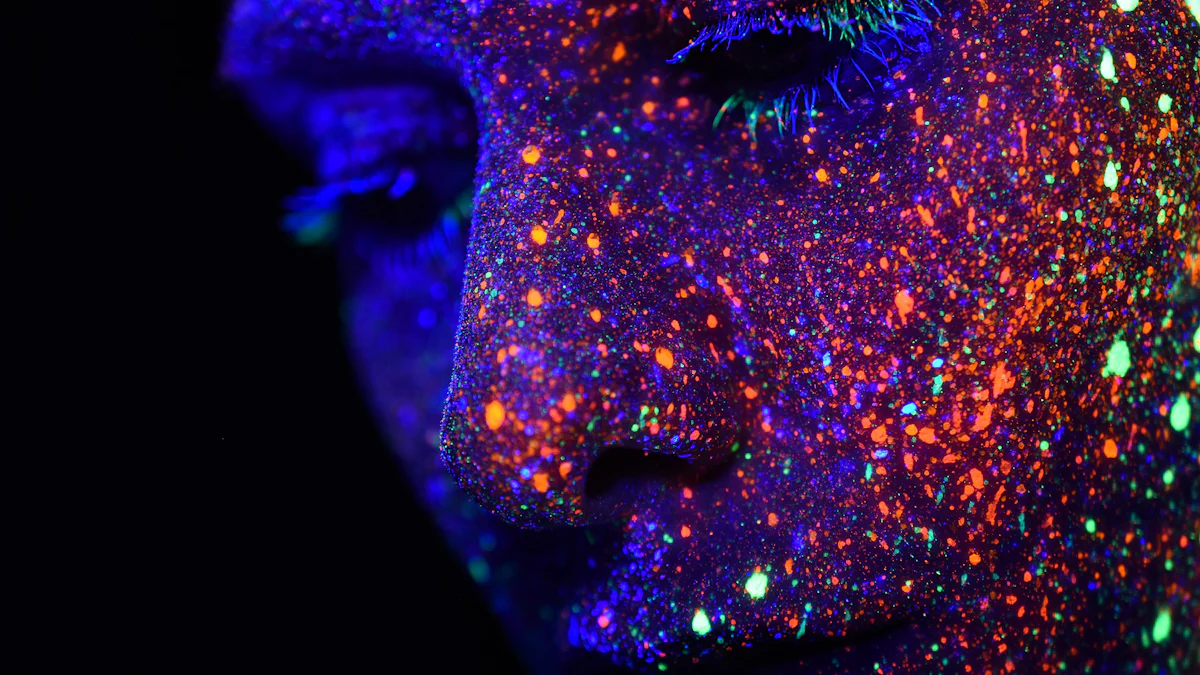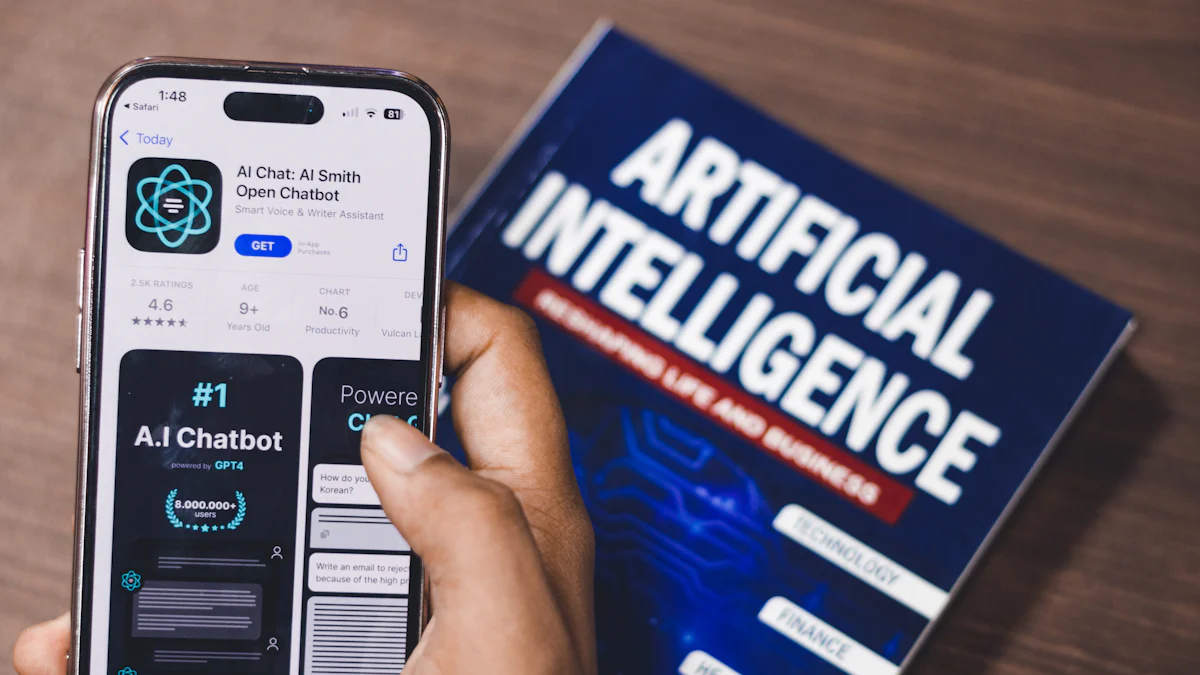
Deep learning, a pivotal aspect of modern technology, has witnessed exponential growth. The advent of diffusion models (opens new window) has revolutionized the field by enabling the generation of data akin to real-world scenarios. These models, through their unique approach of adding Gaussian noise (opens new window) and recovering original data, hold immense promise for the future landscape of deep learning.
# Understanding Diffusion Models (opens new window)
In the realm of generative models (opens new window), Diffusion Models stand out for their unique approach to image generation. Unlike traditional methods, these models focus on adding noise to images and then removing it systematically to produce new high-resolution images. This process allows them to excel in generating diverse and realistic data, overcoming challenges faced by other methods like GANs (opens new window) and VAEs (opens new window).
When delving into the workings of Diffusion Models, it becomes evident that they operate through a meticulous process. The Denoising Diffusion (opens new window) Probabilistic Model serves as the cornerstone of this mechanism, effectively enhancing the quality of generated data. By iteratively applying noise and denoising steps, these models learn intricate patterns within the data, leading to the creation of high-fidelity outputs.
One notable advantage that sets Diffusion Models apart is their robustness against overfitting and their adaptability across various applications. Their ability to learn complex patterns makes them a valuable asset in scenarios where traditional generative models fall short. Moreover, their flexibility in handling different types of data further solidifies their position as a pioneering technology in deep learning.
# Applications of Diffusion Models
# Image Generation
Diffusion models exhibit a remarkable capability in image generation, particularly in tasks like Image-to-Image Translation. By employing sophisticated algorithms, these models can seamlessly transform images from one domain to another, opening avenues for creative applications across various industries. The utilization of Gaussian noise plays a pivotal role in this process, enabling the generation of diverse and high-quality images that mimic real-world scenarios.
# Data Generation
In the realm of data generation, diffusion models play a crucial role in enhancing data quality and addressing data shortage challenges. By understanding the underlying data distribution, these models can generate synthetic data that closely resembles the original dataset. This ability is invaluable in scenarios where acquiring large volumes of labeled data is impractical or costly, offering a cost-effective solution to training machine learning models effectively.
# Diffusion Graph Applications (opens new window)
The integration of diffusion models into graph applications within the field of machine learning has sparked new possibilities for analyzing complex relationships within datasets. By leveraging graph structures, these models can uncover hidden patterns and connections, leading to more accurate predictions and insights. The synergy between graphs and diffusion models represents a cutting-edge approach to data analysis, with implications across diverse domains.
# Future Potential of Diffusion Models
# Innovations in Deep Learning
# Role in Deep Knowledge Tracing
Diffusion models play a pivotal role in Deep Knowledge Tracing, offering a unique approach to analyzing student learning patterns. By leveraging the principles of diffusion, these models can effectively track and predict students' knowledge mastery levels over time. This innovative application enhances the educational sector by providing personalized learning experiences and identifying areas where students may require additional support.
# Enhancing Explainability
In the realm of explainability, diffusion models stand out for their ability to shed light on complex data processes. Through their interpretable latent space, these models offer insights into how decisions are made within deep learning systems. By enhancing explainability, diffusion models contribute to building trust in AI technologies and ensuring transparency in decision-making processes.
# Well-known Diffusion Models
# Stable Diffusion (opens new window)
Stable Diffusion represents a significant advancement in generative modeling, offering stability and robustness in data generation tasks. This model excels in capturing intricate patterns within datasets while maintaining consistency and reliability across various applications. The stability of this diffusion model ensures high-quality outputs and reliable performance, making it a preferred choice for many researchers and practitioners.
# Denoising Diffusion
Denoising Diffusion stands as a cornerstone in the evolution of generative models, focusing on removing noise from data to reveal underlying structures. By iteratively denoising images (opens new window), this model enhances the clarity and fidelity of generated outputs, leading to realistic and high-resolution results. The denoising process employed by this diffusion model showcases its effectiveness in generating diverse samples with exceptional quality.
# Challenges and Future Research
# Complexity in Interpretation
The interpretation complexity associated with diffusion models poses a significant challenge in understanding their inner workings fully. As these models evolve and incorporate advanced techniques, interpreting their behavior becomes more intricate. Addressing this challenge requires further research into simplifying the interpretability of diffusion models to enhance their usability across different domains effectively.
# Future Developments
Future research endeavors aim to propel diffusion models towards greater efficiency and versatility. Ongoing studies focus on refining training methodologies, expanding application domains, and optimizing model architectures for enhanced performance. These developments pave the way for a future where diffusion models continue to push boundaries, revolutionizing deep learning practices across industries.
Diffusion models, with their innovative approach to data generation, have significantly impacted the landscape of deep learning.
Their potential in revolutionizing various industries through realistic data synthesis is undeniable.
Future research should focus on addressing ethical concerns, ensuring fairness, and exploring new applications for diffusion models.



